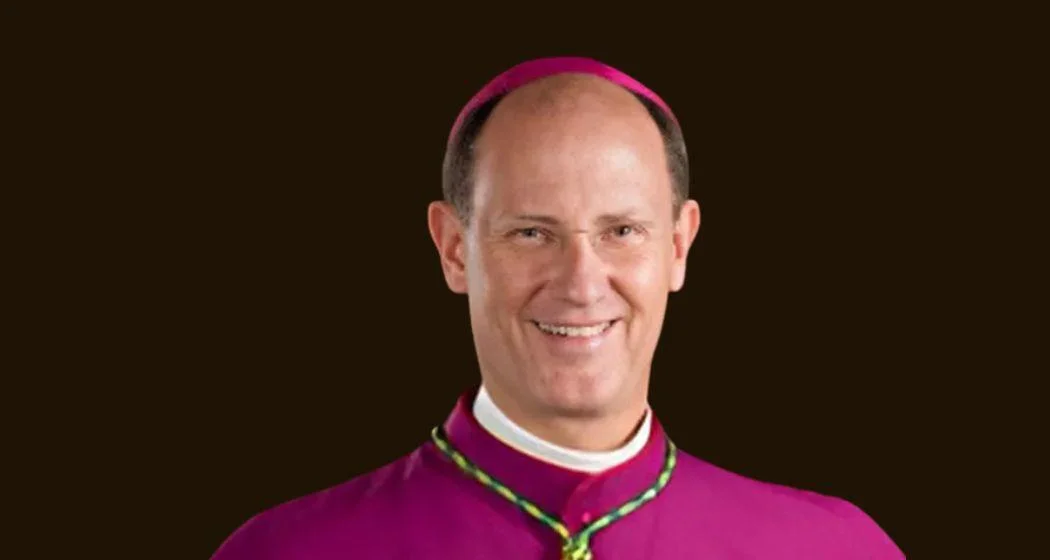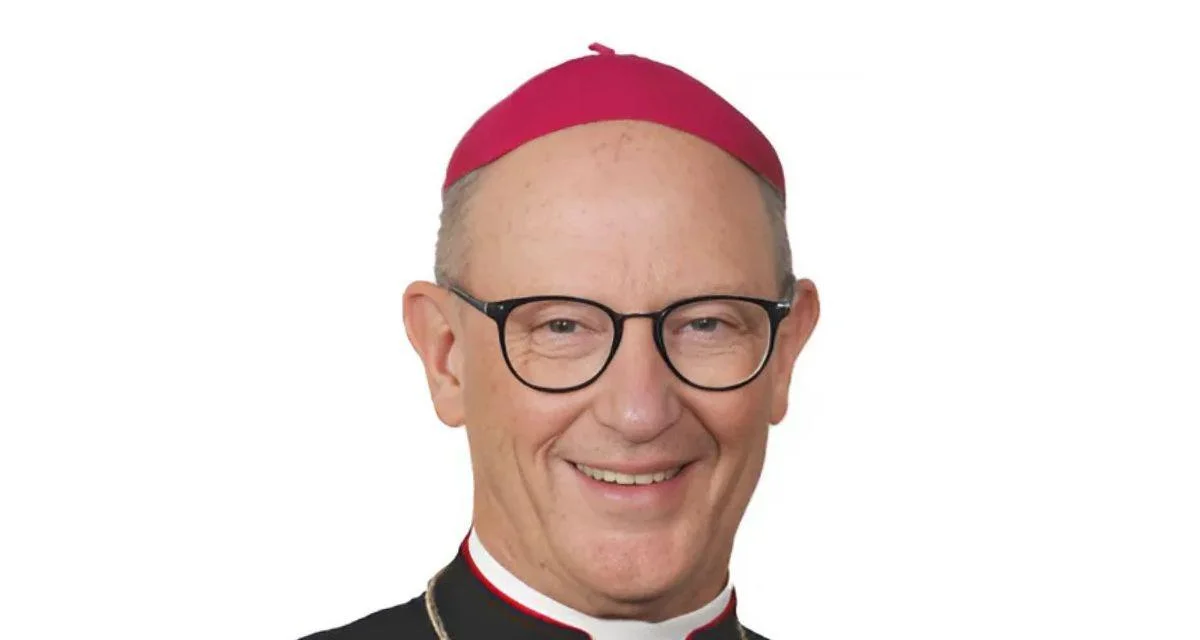
Rev. James D. Conley, D.D., S.T.L. | Diocese of Lincoln website
A parishioner inquired about the appropriateness of declining prayer with physical touch, expressing discomfort with the practice. In response, a seminarian shared an anecdote from his time in Philadelphia, where an elderly woman greeted him with a kiss on the lips, leading to considerable discomfort and weeks of jokes from his friends.
The seminarian explained that while it is rooted in Scripture for individuals to lay hands on others during prayer—citing instances such as Jesus healing through touch and the Apostles laying hands to call down the Holy Spirit—the practice has evolved over time. The Catholic Church has historically moved away from this practice to avoid confusion among the faithful. However, following the Second Vatican Council's emphasis on charismatic gifts, placing a hand on someone during prayer has seen a resurgence.
He emphasized that touching someone while praying is intended as an act of compassion and comfort but is not necessary or more efficacious. It serves as an outward sign of support but must always be consensual. He drew parallels between cultural expressions like kissing and scriptural practices like laying hands, noting that both require sensitivity to personal boundaries.
"Just because you may find it helpful to have another person put a hand on your shoulder while that person is praying for you does not mean that everyone feels the same way," he stated. "No one should ever presume to put his or her hand on someone else’s shoulder during prayer."
He concluded by stressing the importance of asking permission before touching someone during prayer, highlighting that well-intentioned actions can become invasive if they disregard individual consent.



 Alerts Sign-up
Alerts Sign-up